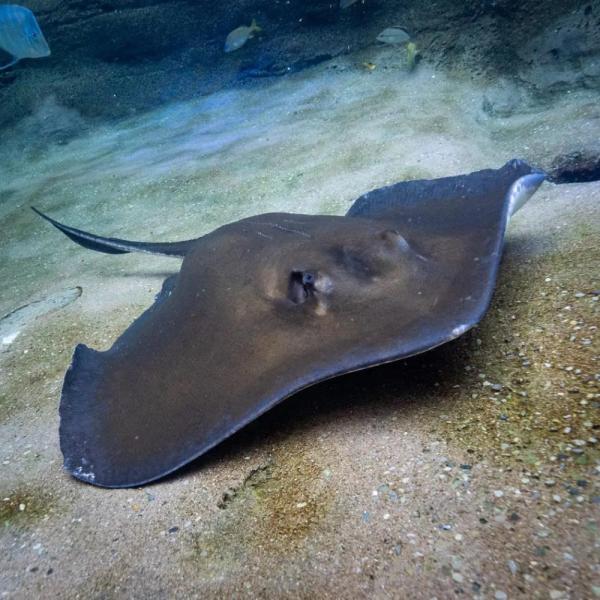Stingrays are a group of sea rays, which are cartilaginous fish related to sharks. They are common in coastal tropical and subtropical marine waters throughout the world.
At the Columbus Zoo, we’re dedicated to the conservation of rays like the southern stingray, specifically through our participation in The Association of Zoos and Aquariums' (AZA) Saving Animals from Extinction (SAFE) program.
Scientific Name: Hypanus americanus
Conservation Status: Near Threatened
Size: Up to 6.5 feet across
Weight: Up to 200 lbs.









